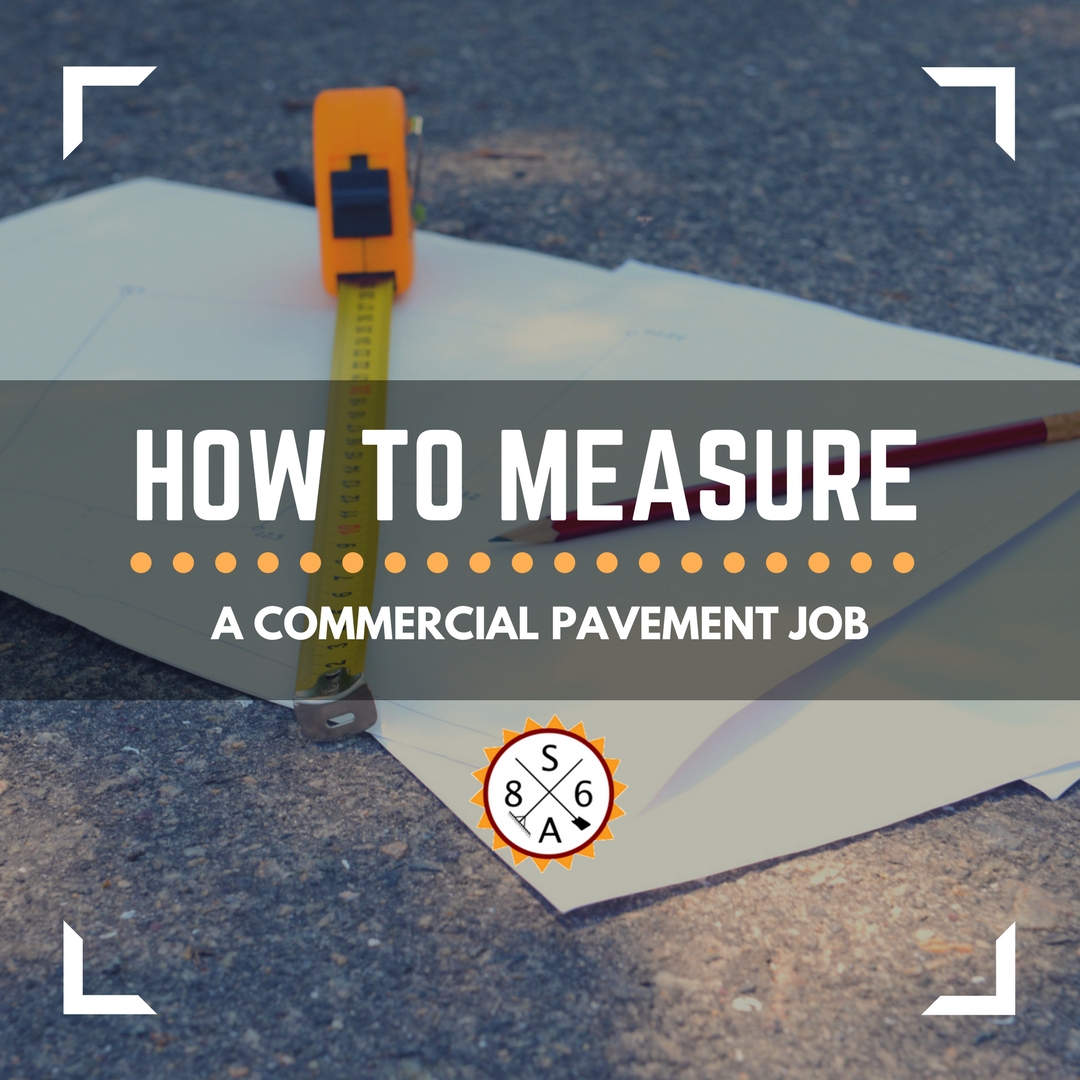When it comes owning your own business, there are many factors to take into consideration. From the location of your business to the marketing methods you will take advantage of, all of these factors will come with a cost. One of the most commonly overlooked factors is how much it will cost to pave your commercial property. Fortunately, though, there are tips you can follow to help you develop an accurate commercial pavement cost. Let’s take a quick look at how you can go about developing your own pavement estimate. You can use this estimate when choosing between different commercial pavement companies.
Specific Factors that Will Impact your Take-off and Pricing
First and foremost, the project size, as well as the constructability, will impact the cost of paving your commercial property. For example, if your project requires the use of an unconventional paving method, this will likely drive up the overall total cost. Other factors that will impact the cost include:
- The duration of the project
- The acceleration progress of the project
- The season in which the project is to take place
- The time of day in which workers will be working
- The potential for escalation
Additionally, you will need to take into consideration the types of permits that will be required to pave the commercial property. You may be required to obtain special permits from a number of regulatory agencies.
The five factors that will impact your commercial paving project the most are:
- The size of the parking lot
- The leveling that has to take place
- Cost of materials
- Labor prices
- The types of drainage that must be installed
Developing an Estimate
When it comes to estimating the cost of your commercial pavement project, you will first need to get an accurate estimate of how much area is going to be paved. If the area of your project is in a perfect square, developing an estimate of the area to be covered is going to be quite simple. All you have to do is take the length of the square and multiply it by the width of the square. For example, if width and length of the square are 150 feet by 100 feet, then the total area will be 15,000 square feet.
If, however, the area of your project is not a perfect square, then you will need to turn to the help of any existing blueprints. In fact, if you have an existing blueprint, the area of the project may already be listed. If you are measuring the area of the project by hand, you can use simple measuring tools. It is advised that you break down the area into geometrical shapes. Once you have calculated the area of each shape, simply add all of the totals together to get the total area of ground that is going to be paved.
Please keep in mind that in addition to the width and length of your project, you will also need to account for the depth of the pavement. Generally, the easiest way to come up with an accurate estimate is to use an asphalt calculator, which takes into account the width, length, and depth of the pavement to be laid. There are a variety of asphalt companies in Denver that use these calculators to develop project costs.




